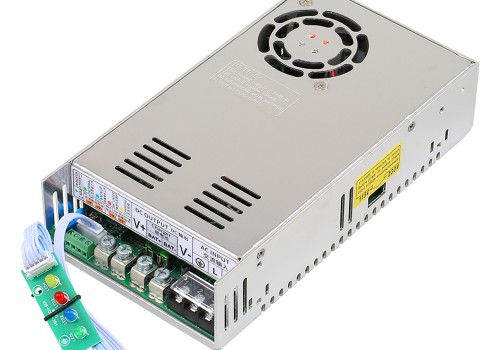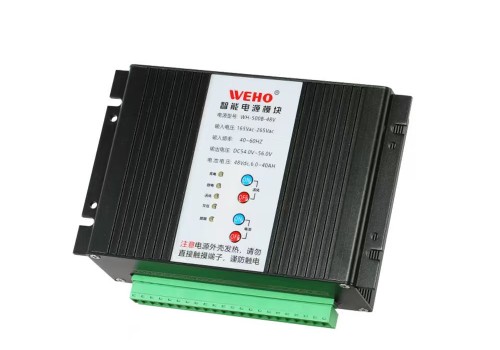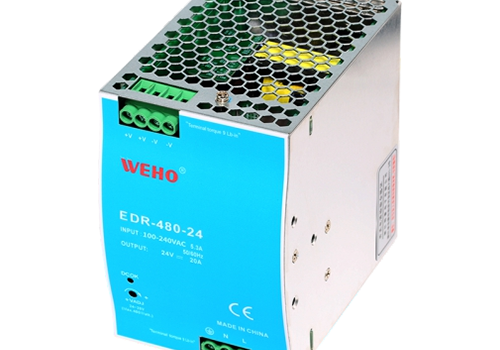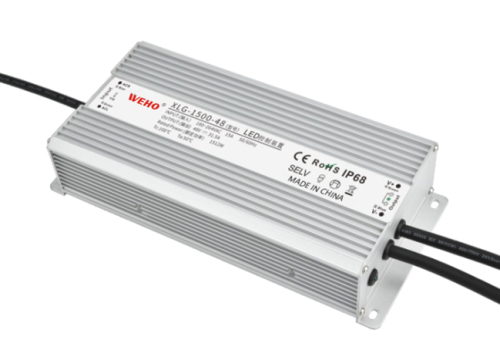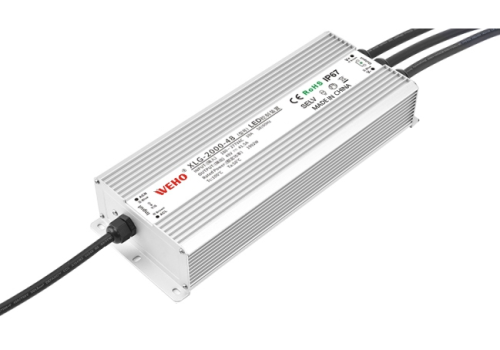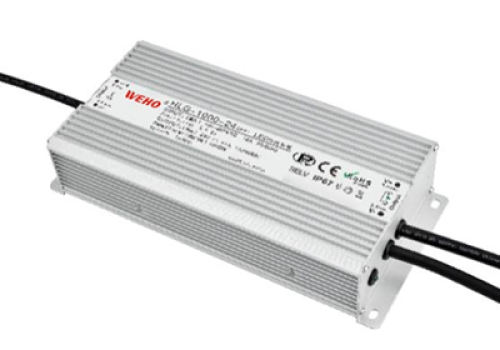Introduction
Power supply isolation is a critical feature in modern electrical systems. It helps ensure the safe and efficient operation of electronic devices, protects sensitive equipment, and enhances system stability. This article explains the importance of power supply isolation, its benefits, and how it works. Whether you’re designing new systems or upgrading existing ones, understanding power supply isolation is key to optimizing your equipment’s performance and longevity.
What Is Power Supply Isolation?
Definition and Overview of Power Supply Isolation
Power supply isolation refers to the process of separating the input and output circuits of a power supply, so there is no direct electrical connection between the two. This separation is achieved using various isolation components like transformers or optical isolators. The primary goal of isolation is to protect sensitive devices from electrical surges, noise, and faults, ensuring reliable power distribution without causing harm to the connected systems.
How Power Supply Isolation Works
Power supply isolation works by preventing the transfer of unwanted electrical signals, such as noise or surges, between the input and output sides of a system. For instance, in an isolated power supply, the transformer or optical isolator creates a physical separation, allowing only the desired energy to pass through while blocking harmful fluctuations. This method protects the components connected to the power source, providing a safer and more stable power supply.
Why Power Supply Isolation Is Important
Protection Against Electrical Surges
Electrical surges, such as spikes in voltage, can occur due to various reasons like lightning strikes, power grid fluctuations, or equipment malfunctions. Power supply isolation protects against these surges by preventing them from reaching sensitive components. With an isolated power supply, the surge is absorbed or redirected away from critical equipment, minimizing the risk of damage.
Preventing Ground Loops and Reducing Interference
Ground loops are a common problem in electrical systems where multiple devices share a common ground. These loops can cause unwanted interference, which may disrupt the operation of sensitive equipment or lead to errors in data transmission. Power supply isolation effectively eliminates ground loops by separating the grounding of the input and output sides, reducing the chances of interference and ensuring smooth operation.
Ensuring Safety of Sensitive Equipment
Sensitive devices, such as medical instruments, communication systems, and laboratory equipment, require stable and protected power sources. Power supply isolation ensures that these devices are shielded from voltage fluctuations, electrical faults, and other power issues that could compromise their performance or safety. By providing a clean and stable power supply, isolation helps protect valuable equipment from potential damage.
Enhancing System Reliability and Stability
Isolated power supplies contribute to system reliability by improving the overall stability of power delivery. By isolating the input and output, these supplies help maintain a consistent and stable voltage, reducing the likelihood of system failures or malfunctions. This is especially important in critical applications where continuous, uninterrupted power is essential.
Preventing Damage from Electrical Faults
Electrical faults, such as short circuits or over-voltage conditions, can have devastating effects on electrical systems. Power supply isolation helps prevent these faults from affecting other parts of the system by containing them within isolated circuits. This can prevent cascading failures and protect the overall integrity of the system.
Conclusion
Power supply isolation is an essential aspect of modern electrical and electronic systems. Its ability to protect against electrical surges, prevent interference, and ensure the safety and stability of sensitive equipment makes it a critical component in various applications, including medical, industrial, and commercial systems. By understanding the importance of power supply isolation, you can design safer, more reliable systems that enhance performance and minimize risk.
For more information on high-quality isolated power supplies, visit Weho Power and explore our range of solutions tailored to meet your specific needs.
FAQ
What is power supply isolation?
Power supply isolation refers to the process of separating the input and output circuits of a power supply to prevent unwanted electrical signals from passing between them.
How does power supply isolation protect against electrical surges?
By preventing direct electrical connection between the input and output, power supply isolation absorbs or redirects electrical surges, protecting sensitive equipment from damage.
Why is power supply isolation necessary for sensitive equipment?
Power supply isolation ensures that sensitive devices are shielded from voltage fluctuations and electrical faults, providing a stable and reliable power source that prevents potential damage.
Can power supply isolation improve the stability of a system?
Yes, by maintaining a consistent and stable voltage, power supply isolation enhances the reliability and stability of the system, reducing the likelihood of failures or malfunctions.


